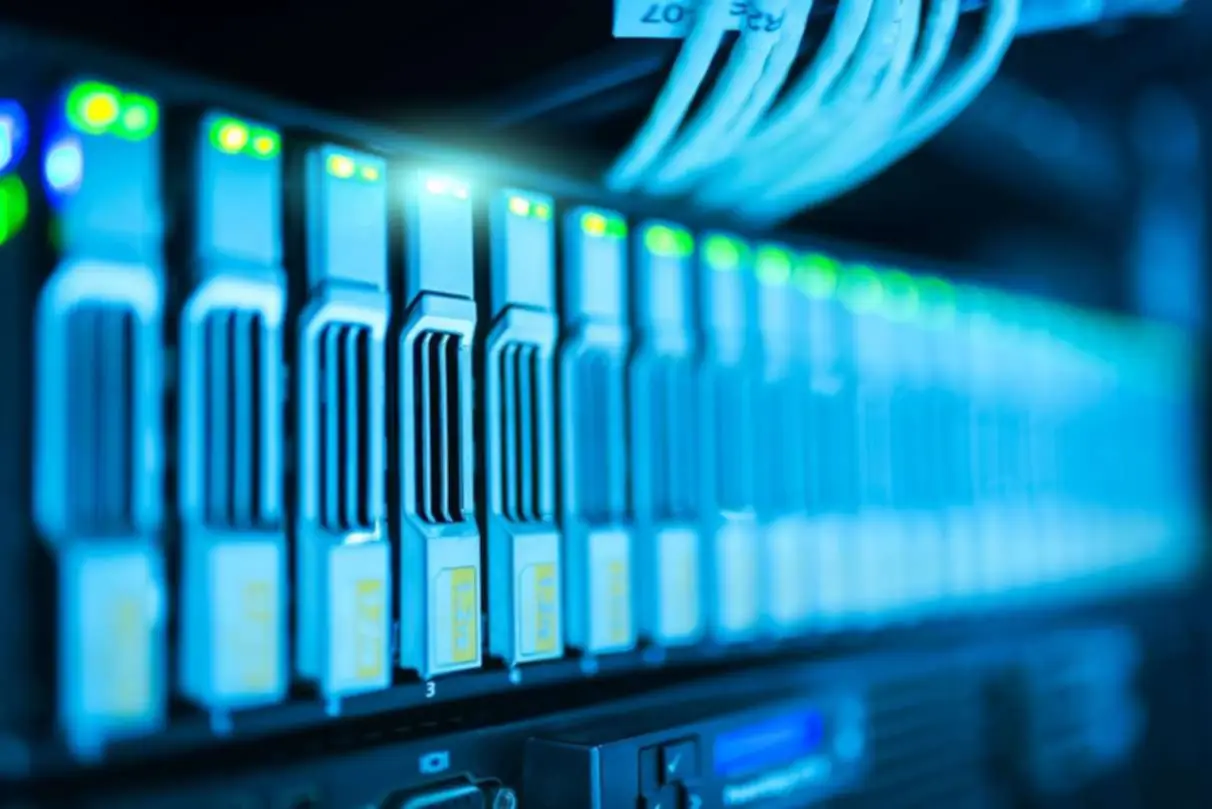Many trendy businesses depend on a combination of purposes, software program, hardware, and cloud technology for day by day operations. When selecting an AI networking resolution, it’s essential to keep compatibility on the top of mind. For example, cloud infrastructure dealing with high volumes of consumer site visitors might have different requirements than on-premises or hybrid methods designed for inner use. Additionally, sure AI models may be more suited to specific industries based on coaching methods, data labeling methods, and built-in metrics.

Wasm is an abstraction layer that may assist builders deploy purposes to the cloud extra efficiently. AI can be having an impression on how infrastructure tools are used, including how it can drive automation. One of the continuing discussions is the role of InfiniBand, a specialized high-bandwidth know-how incessantly used with AI methods, versus the expanded use of Ethernet. Nvidia is perceived to be the leader in InfiniBand, however it has additionally hedged by constructing Ethernet-based solutions.
Each network typically competes for the same channels, causing congestion and slower speeds. As An Alternative of just reporting community slowdowns, AI can spotlight the precise swap and the nature of its downside, whether it’s a hardware fault or configuration error. This exact info means you’ll have the ability to resolve points faster, minimizing downtime. With IoT, safety is commonly a significant concern due to the sheer variety of units and their various levels of sophistication. AI can identify and categorize these units, recognizing when one deviates from its normal conduct.
Nano Applied Sciences

Researchers such as71,72 have investigated using fuzzy logic-based routing methods in WSNs. Fuzzy logic permits for routing choices to be made utilizing imprecise and uncertain artificial intelligence in networking info, enabling resilient and adaptable routing strategies in dynamic and unpredictable conditions. Researchers like67,68 have studied using ML methods, notably determination tree algorithms, for routing in WSNs.
Good Buildings For Enhanced And Sustainable Person Consolation
- Let’s say you would possibly be managing a corporate community with hundreds of connected devices.
- Algorithms can analyze historical information and present community situations from network gadgets similar to routers and switches to predict potential network failures.
- AI can establish and categorize these devices, recognizing when one deviates from its regular behavior.
- Set your staff up for achievement with a two-part plan, including technical implementation supported by thorough worker coaching.
- Desk 3 summarizes the estimated time and space complexity for the core algorithms used within the proposed framework.
Whether it’s balancing Wi-Fi channels, prioritizing important purposes, or sustaining IoT device connections, AI ensures everything runs like a well-oiled machine. By analyzing historic https://www.globalcloudteam.com/ data, AI can forecast potential vulnerabilities and warn you. You feed these fashions historical network data, they usually start to predict future events. AI can detect anomalies and potential threats that traditional security measures might miss. It continuously learns what constitutes regular behavior and flags anything unusual. This helps in sooner risk detection and mitigation, preserving the community secure.
AI considerably enhances these digital fashions, detecting anomalous behaviors and network hotspots and permitting for correct and precise modeling. To comprehensively perceive how ZBrain Circulate works, discover this useful resource that outlines a variety of industry-specific Flow processes. This compilation highlights ZBrain’s adaptability and resilience, showcasing how the platform successfully meets the various wants of assorted industries, making certain enterprises keep ahead in today’s rapidly evolving enterprise panorama. AI allows exact system monitoring, ensuring that all gadgets linked to the network are accounted for and secure.
Building infrastructure for AI providers isn’t a trivial sport, especially in networking. It requires large investments and beautiful engineering to reduce latency and maximize connectivity. AI infrastructure makes conventional enterprise and cloud infrastructure look like child’s play. The OOB network connects to the servers’ administration interface and cluster controllers, giving administrators control and visibility for AI clusters even when main networks are congested. Finally, the cluster network is a high-performance fabric linking AI servers and storage nodes. This multinetwork architecture allows organizations to rightsize investments and optimize efficiency for AI workloads, however some features may be unfamiliar to inside IT professionals, relying on their background and coaching.
Policy Automation
These new environments require a fancy and highly effective underlying infrastructure, one that addresses the full Digital Trust stack of functionality, from chips to specialized networking cards to distributed excessive performance computing methods. Of the variety of trends happening in cloud and communications infrastructure in 2024, none loom as giant as AI. Specifically within the networking markets, AI will have an effect on how infrastructure is constructed to support AI-enabled applications.
By first studying what normal network exercise appears like, AI-powered security options can quickly flag any deviations that could point out malware, knowledge breaches or insider threats. Some organizations that deployed automated tools (such as managed detection and response platforms) several years ago shortly grew to become overwhelmed with false alarms. But these instruments have improved over time, and they’re now a lot better at distinguishing between innocent anomalies and true threats.
Although lightweight variations of reinforcement learning and optimization algorithms are used, the cumulative overhead of on-node learning or periodic retraining have to be evaluated. In resource-constrained environments, similar to with TelosB or Mica2 motes, offloading studying to more capable nodes (e.g., cluster heads) or performing training offline and updating models periodically may cut back deployment costs. ML techniques are applied to investigate historical data, detect traffic developments, and anticipate community conduct. This predictive functionality helps nodes proactively adapt routing methods to meet application-specific quality-of-service (QoS) necessities.
In healthcare environments, for instance, real-time transmission of physiological indicators (e.g., ECG, SpO\(_2\), or temperature) calls for excessive reliability and low latency to ensure timely medical intervention. The proposed framework can be tuned to prioritize critical information flows by dynamically adjusting routing selections primarily based on information type, urgency, and energy availability. This part introduces a modular and decentralized AI-based routing framework for WSNs, designed to dynamically adapt routing decisions based mostly on real-time community situations. AI algorithms enable the system to research community traffic patterns, user behaviors, and historical information. This analytic capability allows it to anticipate and autonomously adjust to variable community demands, thereby minimizing latency, assuring useful resource availability, and facilitating an elevated user expertise.
